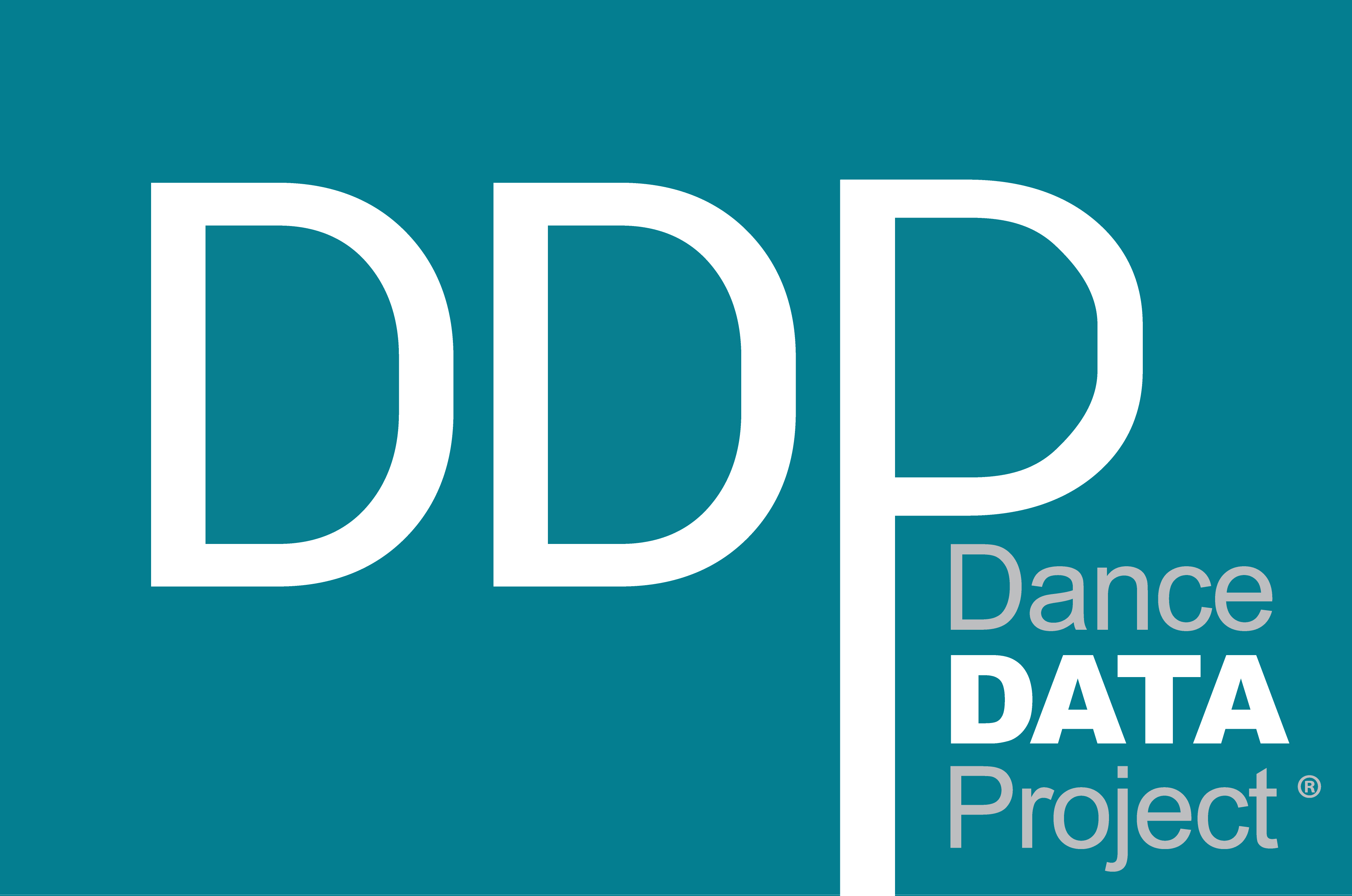Director Profile:
Francesca Zambello
You’ve been Artistic Director for the Washington National Opera at the Kennedy Center since 2012, having directed productions for the opera since 2001. In that time, you’ve overseen more than 100 productions. What have your most significant accomplishments been during your directorship? What are your goals and plans for the opera’s future?
Since we are the Washington National Opera, situated in the John F. Kennedy Center for the Performing Arts, I feel a real responsibility to showcase a full range of the operatic experience. That means producing some of the towering old-school masterpieces of the repertory in our magnificent opera house—things like my Ring Cycle, of which I’m enormously proud. These celebrated traditional works let us show opera at its grandest, with visual spectacle that includes not only scenery but dance. At the same time, opera kept going, and we now have our own home-grown masterpieces. Philip Glass and Christopher Hampton’s Appomattox is a staggering work on a grand scale that poses important questions about who we were and who we are, in the same way Verdi used historical stories to comment on contemporary Italy. I’m very proud that we were able to present Tazewell Thompson and Jeanine Tesori’s award-winning Blue, as well as the first showing of Jeanine’s latest opera, Grounded, with a libretto by George Brant. I’m also acutely aware that the next Philip Glass, the next Jeanine Tesori, need opportunities, and our American Opera Initiative, launched in my first season with the company has introduced 40+ new operas. Composers and librettists who have been through that program have written another 55+ new operas—so far! Perhaps one day one of those teams will be ready to work on the grand scale of the opera house. How magnificent would that be?
What do you view as the role of dance in opera? How does dance inform your decisions for the company’s repertoire? How do you choose which choreographers to commission as part of these productions?
Much operatic repertory used dance in the 18th and 19th centuries, then it went dormant for years. In the last 50 years, we have seen a resurgence in the use of dance as a tool for storytelling. I love that dance, like music, can let audiences enter into the emotional space of a story. The movement can feel very specific—as specific as a line of text—but if you question any two audience members about what it “means,” there might be subtle differences in how they describe the journey. I look for choreographers who are interested in working with me to create the scenarios demanded by the libretto, like battles or rituals or wild party scenes, but who are also interested in thinking about emotional space.
One such opera that heavily relies on dance is Aida, which was presented at both The Washington National Opera and the Lyric Opera of Chicago. You specifically sought out Jessica Lang to choreograph the opera, saying that you wanted “the dance to really take over the ceremonial part of the opera.” What was your goal with this vision and how did Lang carry it out?
Ceremony and ritual are an important part of creating a historical society. In the conception of the designs, I wanted to not only use dance and movement in Verdi’s expected moments, but also as a nonverbal language to communicate the society and how it physicalizes its customs and culture. Also, war is a huge part of the story, and we cannot depict that realistically, so using dance as a metaphor can enable this.
In the past, you’ve shared that other women have helped you throughout your career and that, as a result, you “try very hard to create a world in which women are supportive of one another.” In what ways do you use your leadership positions in opera to advocate for and uplift female artists and leaders?
In my hiring practices, I make sure there is gender equality in all leadership positions: conducting, choreographers, directors, designers, composers, and librettists. I’ve always looked to surround myself with colleagues and collaborators with a diversity of background and experience, not only because it is the right thing to do, but because it is the best way to grow as an artist, and it leads to the best art.





